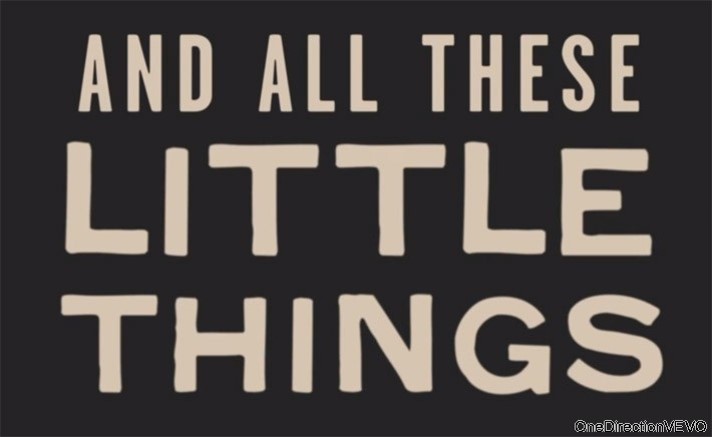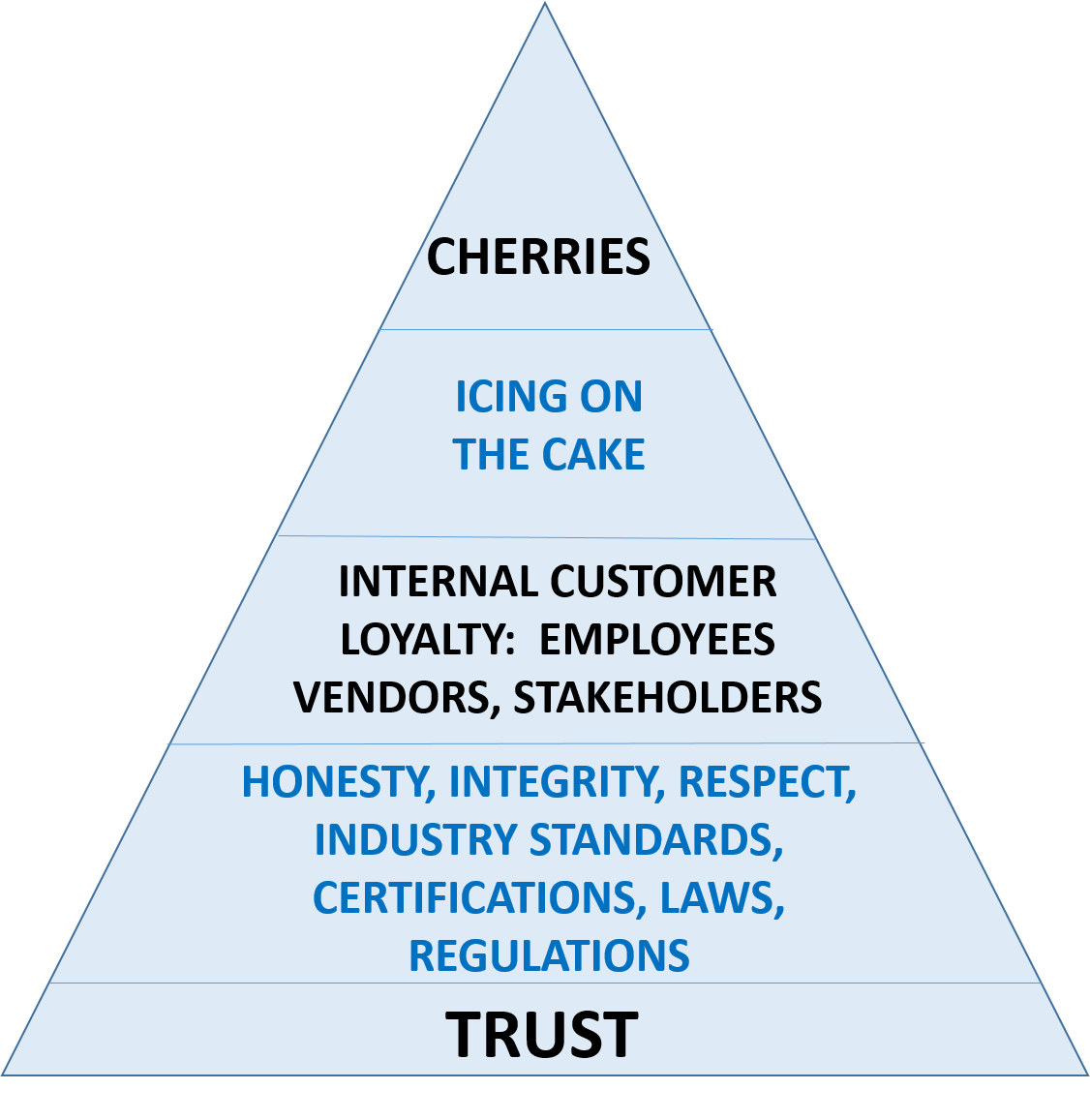SMALL STEPS ARE REQUIRED FOR LONG TERM SUCCESS
THIS BLOG IS A RE-POST OF A BLOG I WROTE FOR THE GROUP ELIANCES (http://www.eliances.com/) AND IS BEING REPRINTED WITH THE GRACIOUS PERMISSION OF THE GREAT PEOPLE AT ELIANCES.
Little Steps Are Hard To Come By
I read a great statement the other day that I think all entrepreneurs should make their motto: If you do the little things right, the big things will follow in due course. But what are the little things? And exactly how do you do them the right way? Those are the age old questions that baffle most small business owners and entrepreneurs. But the real question is why?
The answer is because most of us become very focused on the number one really big thing: making money as soon as possible. Positive cash flow is king when it comes to a new/small business. Avoiding cycles of cash flow draught is our number one priority, and we keep fighting that fight until we achieve it or go bankrupt trying.
We hire employees to off-load our own workloads without any real plan on how to hire an employee and worse, how to manage them to ensure success. Once we hand off a task, the last thing we need is take it back because we have moved on to tackle the next hurdle in our path towards positive cash flow. As a result, we put up with sub-optimality and our business suffers under our nose. We become myopic on fighting problems and accomplishing the one over-riding goal of positive cash flow. Does this sound familiar?
So how do we avoid this trap? How do we learn to focus on the little things? How do we know what is truly important for us to focus on? What are the little things? The real answer is to have a well thought out and detailed plan that you can use as your guide. It gives you the focus you need. It outlines the path you need to take, the type of people you need to hire, a process for finding the right people and managing them.
A good plan outlines the key metrics you need to track for success, which in turn will help define the systems and processes you need to implement. It includes basic outlines of processes that you can hand off to employees as training guides. The more detailed the better, but you don’t have to have a book of detailed processes to initiate a successful business. Focus on the key things that make your business attractive to your customers.
The biggest small thing to worry about for the success of your business is your ability to communicate your plans, ideas and strategies to those you intend to implement your plan and to those you hope to purchase your products and/or services. Your ability to communicate your mission (the pain in the market you are addressing) and vision (how you intend to achieve your mission) consistently and effectively is the number one key success factor facing you.
Finally, a plan in and of itself is insufficient. The plan has to be reasonable, something that can be accomplished. It is fine to dream about a big future, but focus on the next 12-36 months and figure out what you can reasonably accomplish. Determine what your constraints are to achieving your goals, and figure out how to mitigate them to the greatest extent reasonably possible. Jumping in with a plan to be everything to everyone, or to start off big from day one just is not reasonable for the vast majority of businesses.
The Hierarchy of Customer Loyalty
I recently wrote a series of blogs on the hierarchy of customer loyalty that I think outlines the small things very well. At its base is trust. Customers must trust that the experience they received will be repeated every time they return. Next in the hierarchy are honesty, integrity and respect. For these you must do all of the basic things that people expect. These include meeting all industry and regulatory standards, certifications, regulations and laws.
Next in the hierarchy is what I call Internal Customer Loyalty. This is where planning is very key. You must have employees that all feel engaged and are happy to be working every day. They must have training to ensure they do the things that generate customer loyalty. But most importantly, every employee must treat every other employee like an external customer. The same goals that rules that apply to interactions with external customers must apply to internal interactions. And it must all start at the top of the organization…you…and permeate through every level of your organization. In addition, you must learn how to create loyalty of vendors and shareholders to make sure everyone is working for the same goals.
The hierarchy finishes with what I refer to as “the icing on the cake”. It is your product. Everything else I mentioned above is expected and in my mind make up the cake. Yet it is always the icing that attracts most to the cake in the first place. At the top of the hierarchy are what I call “the cherries”. Those are what truly drive customer loyalty, but the reality is there are no true cherries. The cherries are doing all of the things from the icing to the core of the cake as best as can be done. It is truly the small things that drive external customer loyalty……the big things will come in due course.


